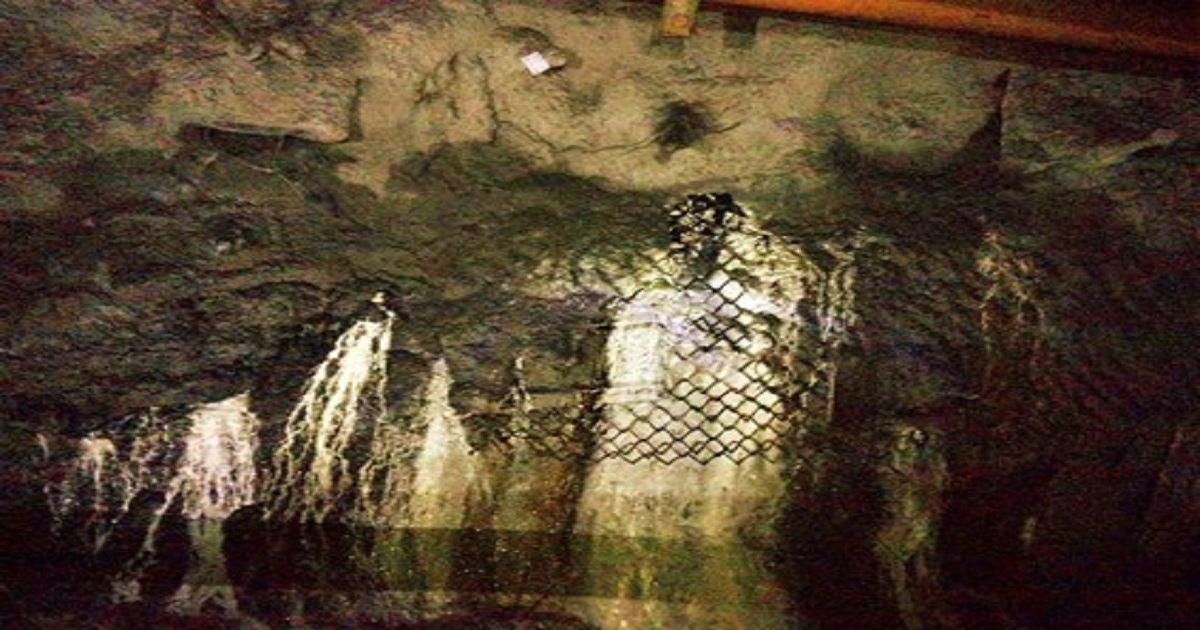- 3.0Impact Factor
- 6.0CiteScore
- 20 daysTime to First Decision
Theory and Technology of Water-Induced Geological Disaster Prevention and Water Resource Utilization in Mines
This special issue belongs to the section “New Sensors, New Technologies and Machine Learning in Water Sciences“.
Special Issue Information
Dear Colleagues,
The deep areas and surface slopes of mines exhibit complex geological conditions. When combined with extreme precipitation and high-intensity mining activities, these conditions are highly susceptible to triggering a series of water-induced geological disasters, including landslides, water inrush, and rock pillar weakening. These events threaten the safety and stability of mining operations and lead to considerable resource wastage. Studying the occurrence mechanism, disaster prediction methods, and prevention measures of water-induced geological disasters can provide a theoretical basis and effective solutions for disaster prevention and resource utilization.
By studying the fundamental mechanics theory of water-bearing coal rocks, technologies for the resource utilization of mine water, mechanisms of surrounding rock water disasters, and advanced technologies for early warning and prevention of water-induced geological disasters, accurate prediction and rapid response to water-induced mine hazards can be achieved. This can minimize the losses caused by water-induced mine disasters and effectively utilize water resources in mines. Therefore, this Special Issue aims to discuss the latest advances in the theory and technology of water-induced mine hazard prevention and resource utilization.
All manuscripts related to the proposed topic are welcome. The Special Issue may include (without being limited to) the following themes:
- Fundamental mechanics of water-bearing coal and rock.
- Mechanism of surrounding rock water disaster.
- Theory and technology of monitoring, forewarning, prevention, and control of water-induced mine hazards.
- Mechanism and prevention techniques of landslides, debris flows, and erosion caused by rainfall on the surface of mines.
- Theory and technology of coordinated exploitation of coal–water dual resources.
- Resource utilization of mine water.
- Other related technologies for water-induced mine disaster prevention and resource utilization.
Given your competence in this area, we invite you to contribute a paper on the aforementioned subjects or any relevant issues.
Dr. Helong Gu
Dr. Fan Feng
Dr. Yuan Zhao
Guest Editors
Manuscript Submission Information
Manuscripts should be submitted online at www.mdpi.com by registering and logging in to this website. Once you are registered, click here to go to the submission form. Manuscripts can be submitted until the deadline. All submissions that pass pre-check are peer-reviewed. Accepted papers will be published continuously in the journal (as soon as accepted) and will be listed together on the special issue website. Research articles, review articles as well as short communications are invited. For planned papers, a title and short abstract (about 250 words) can be sent to the Editorial Office for assessment.
Submitted manuscripts should not have been published previously, nor be under consideration for publication elsewhere (except conference proceedings papers). All manuscripts are thoroughly refereed through a single-blind peer-review process. A guide for authors and other relevant information for submission of manuscripts is available on the Instructions for Authors page. Water is an international peer-reviewed open access semimonthly journal published by MDPI.
Please visit the Instructions for Authors page before submitting a manuscript. The Article Processing Charge (APC) for publication in this open access journal is 2600 CHF (Swiss Francs). Submitted papers should be well formatted and use good English. Authors may use MDPI's English editing service prior to publication or during author revisions.
Keywords
- water-induced geological disasters
- utilization of water resources
- mine water treatment
- fundamental mechanics theory of water-bearing coal rocks
- surrounding rock water disasters
- loess collapsibility
- soil liquefaction

Benefits of Publishing in a Special Issue
- Ease of navigation: Grouping papers by topic helps scholars navigate broad scope journals more efficiently.
- Greater discoverability: Special Issues support the reach and impact of scientific research. Articles in Special Issues are more discoverable and cited more frequently.
- Expansion of research network: Special Issues facilitate connections among authors, fostering scientific collaborations.
- External promotion: Articles in Special Issues are often promoted through the journal's social media, increasing their visibility.
- e-Book format: Special Issues with more than 10 articles can be published as dedicated e-books, ensuring wide and rapid dissemination.

